Earthquake in Granada Spain
Earthquake territory. At the time of moving from Barcelona to Granada, back in 2006. I was still learning about Southern Spain. I first moved to a city centre apartment in the city of Granada. At that time I was happily settling in to my new Andalusian life and getting familiar with my new surroundings.
One evening in my apartment I noticed the floor moving. Wine glasses clinked together in the cupboard. I had no idea what was happening. I recall that my neighbour was doing building work in the flat below, even though it was at 11pm. Was this normal? I suppose they eat later, go to bed late, get up later in the South.
Actually I had just experienced my first earthquake.
Earthquakes in Andalusia
I had no idea that Granada is one of the most seismic areas on the Iberian peninsula. When I moved to Granada the potent fireworks used at local festivals or the endless bureaucracy were more of a worry to me.
When we think of Earthquakes, images immediately spring to mind of Turkey, Chile or Japan. Yet in Southern Spain seismic activity and earthquakes are frequent. Tremors maybe daily although they tend to be small and the depth of the epicentre is shallow. (less than 10 kms).
The risk in the Iberian Peninsula is moderate. Only occasionally do the earthquakes reach or surpass 6 on the Richter scale. This hot spot in South Western Spain is where the Eurasian + African tectonic plates meet. Closer to Granada are smaller fault lines along the edge of the Cordillera Bética.

Source. 20 minutos
Granada Earthquake
The latest earthquake (January 2021) in Granada was really noticeable in the city. With it´s epicentre in Santa Fé 12 kms away. It was intense in Granada and the region. Even in Malaga, Cordoba and Almeria they noticed it too. There were 5 noticeable tremors in an hour. All at 5kms of depth and with 3.7, 4.2, 4.2 and 3.5 on the mbLg scale.
- Tuesday 26th January 2021 11.54pm local time
- Epicentre Santa Fé (12 kms from Granada)
- Magnitude 4.5 mbLg
Another recent incident was the also noticed in Granada:
- Saturday 23rd January 2021 at 12.15h local time.
- Epicentre Santa Fé
- 4.4 Magnitude mbLg
- From 4.0 – 4.9 Mercalli Scale. Intensity is Light.
- With noticeable shaking of indoor objects and rattling noises. Felt by most people in the affected area. Slightly felt outside. Generally causes zero to minimal damage. Moderate to significant damage very unlikely. Some objects fall off shelves or topple over.
Virgen de las Angustias
The Virgin of Sorrows is the Patron of the City of Granada. This religious figure is important to locals in Granada. She is thought to protect from earthquakes. Each September there is a floral offering to the Virgen de las Angustias and on 26th December a special mass at the church.
Experts do say that the length of the fault close to Granada is around 15 kms. The is relatively short in length when we think of the San Andreas fault which is 1200kms.
Murcia Earthquake
In 2011 in the neighbouring region of Murcia, an earthquake with a magnitude of 5.1 killed 8 people. Causing caused severe damage to the town of Lorca. This hit the headlines across Europe.
Granada is the neighbouring province to Murcia. Tremors were noticed in the northern part of Granada province. In fact the areas around the Costa Cálida and Costa Blanca some of the most seismic areas of Spain.
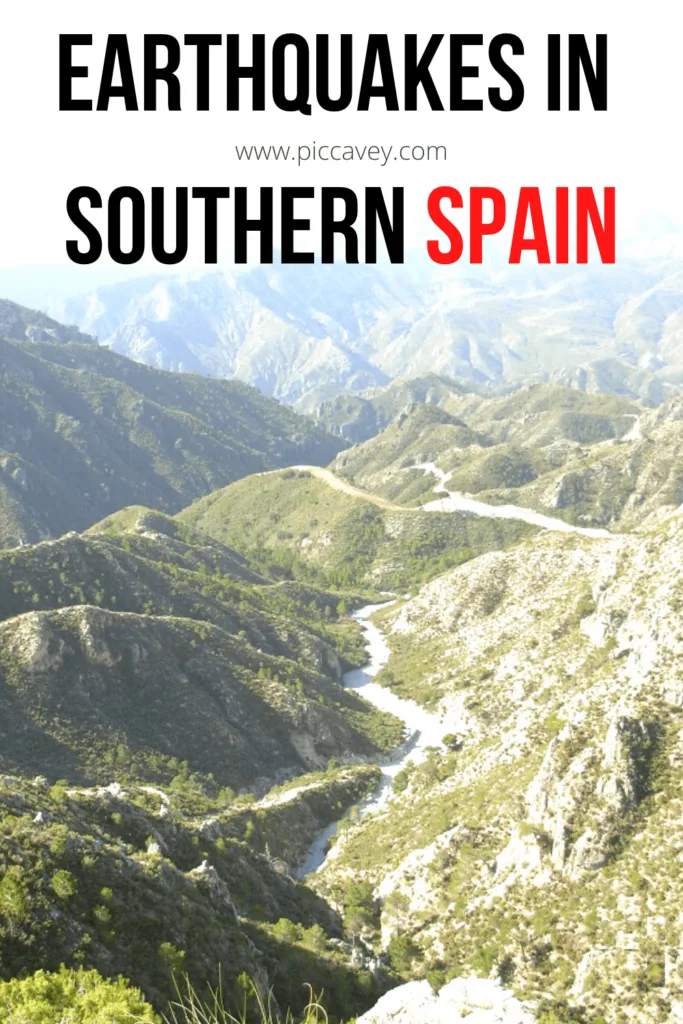
Measuring Earthquakes
Even though this area is the most Seismic area in Spain. Getting used to tremors is impossible. It´s quite unnerving. One important factor, apart from the intensity on the mbLg scale is the depth of the earthquake. The recent ones were at a depth of 5kms, which makes them more noticeable.
Earthquake measurements are done three ways. The energy released which is the value of the power of the earthquake. The depth of the earthquake. The closer to the surface the more noticeable it is. And the intensity. The sensation or damage that it does. This is called the Mercalli scale. The most that we have noticed in Granada recently has been 5 on the Mercalli scale. Moderate
On Christmas Eve of 2011. As many as 11 earthquakes shook Moraleda de Zafayona. This eastern Granada town trembled yet it only reached 2.3 mbLg. In April 2010 the Granada region experienced a quake of 6.3. With its epicentre in Albuñuelas, South of Granada city. It´s depth was 616kms underground. The earthquake didn´t cause damage.
Strange Seismic Wave Arrivals Lead to Discovery of Overturned Slab in the Mediterranean
Carboneras Fault
The largest earthquake in Spain was in 1522 in Almeria. It is believed that it would have been around 6 or 7 on the Richter scale and destroyed Almeria Cathedral. It was so powerful that it caused damaged to places like Ugíjar in the Alpujarra region of Granada province. And even damaged part of the Alhambra Palace some 100kms away.
In Mojacar on 9th November 1518 there was a devastating earthquake after 11pm. The powerful quake damaged a third of homes in Mojacar. It also damaged the city walls and castle. (leaving it vulnerable to pirate attacks) It was a smaller population then. Around 12 people died but it changed the architecture and town forever.
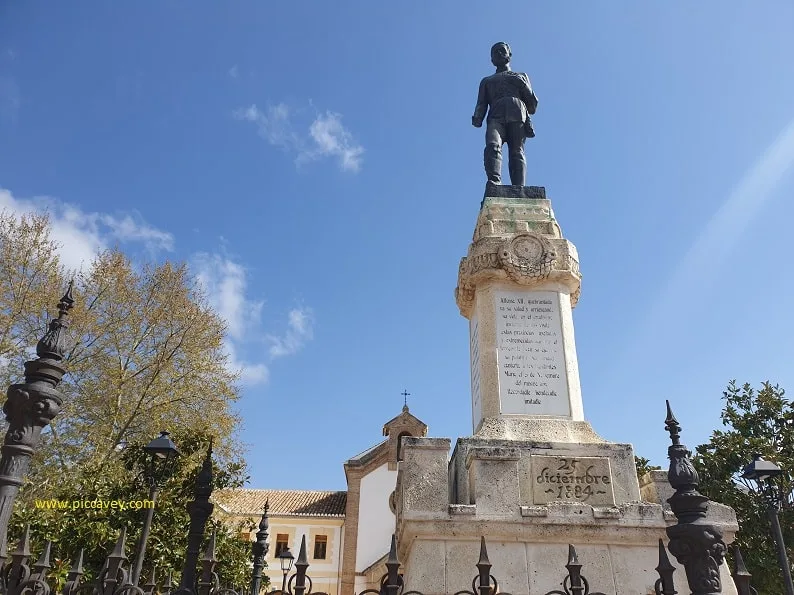
Arenas del Rey
Looking back further through the records. On April 19 1956 in the town of Albolote. An earthquake reaching 5.8 – 6.7 on the Richter scale killed 12 people. The impact destroyed 250 homes.
Yet the most deadly quake registered in Spain was over a hundred years ago. In the village of Arenas del Rey in 1884. That quake on Christmas day killed over 800 people. 4000 homes were destroyed. This earthquake also caused damage in Alhama de Granada which is close by.
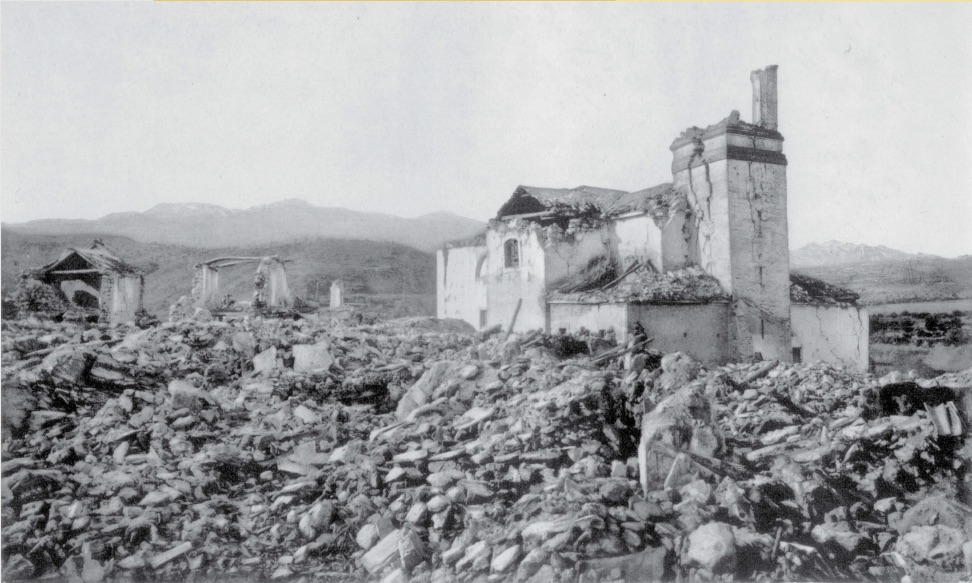
Arenas del Rey via El independiente de Granada
Building Regulations in Spain
This tremor had an estimated magnitude of 6.5 – 7. Of course the quality of building has improved and an earthquake of over 6 would have much less of an impact should be minimal. In the 1970s legislation was brought in to prevent earthquake damage to homes and buildings. Norma de Construcción Sismorresistente NCSR-02
Luckily my experience of the earthquakes in Granada so far is anecdotal.
More detailed information can be found here: Instituto Nacional Geologia
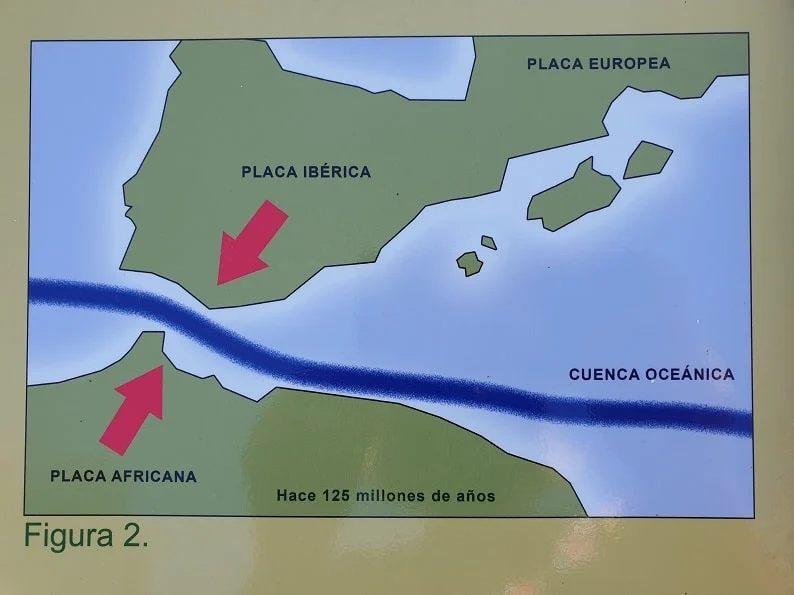
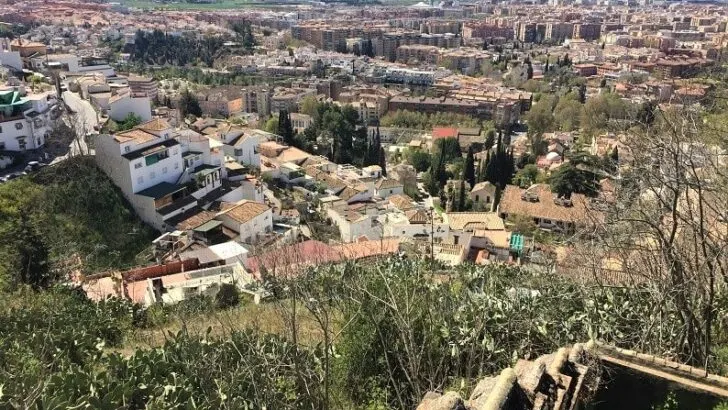
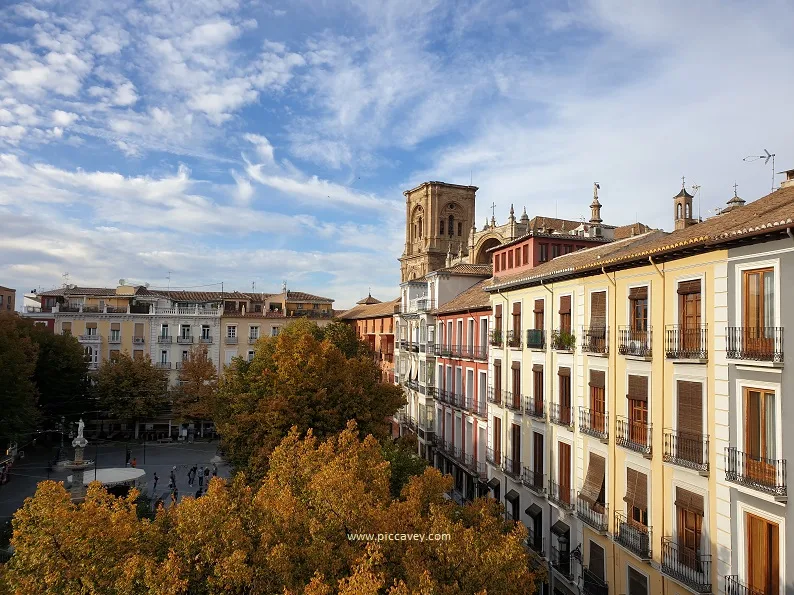
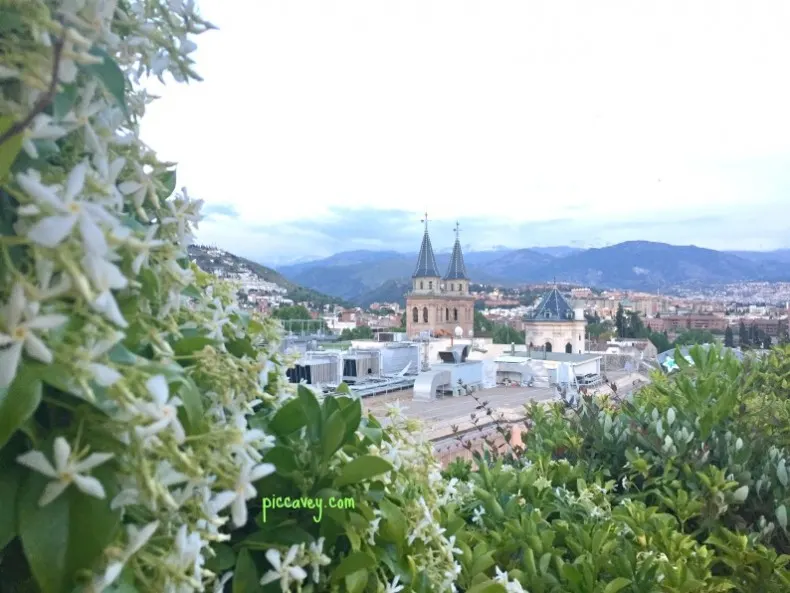
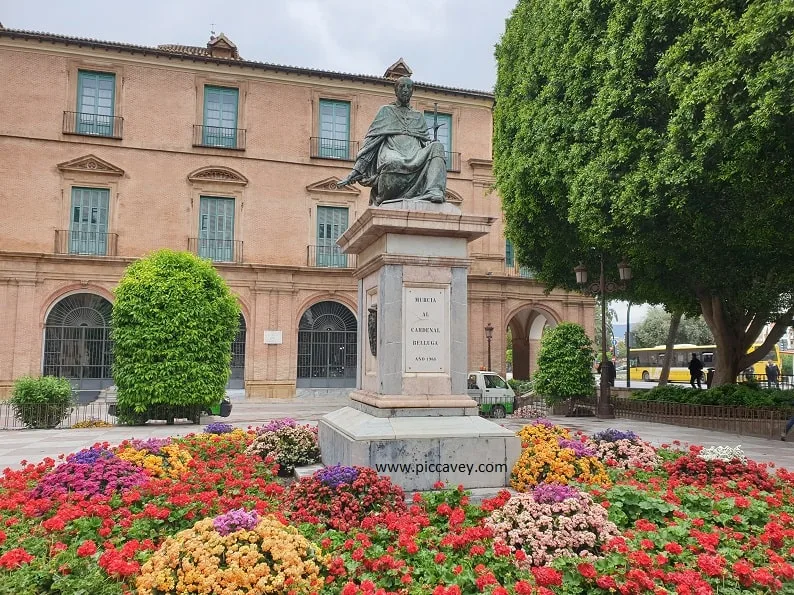
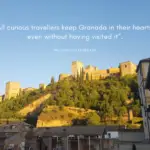

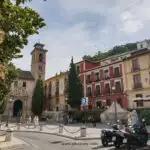

The first time I experienced an earthquake was in Madrid in the sixties. I awoke during the early hours of the morning to the rattle of tiles moving across the floor and noticed the ceiling light was swaying Shaking my sleeping husband awake I asked “What’s happening?” “Un terremoto” he replied. With that we both went back to sleep.
There was an unusual silence when we awoke the next morning. We discovered we were the only ones left in our apartment block. Everyone else had spent the night in the Retiro park!
That sounds familiar!
Wow, I didn’t know there were earthquakes in southern Spain! I can’t believe there have been such strong ones. That sounds pretty scary.
I grew up in California, so earthquakes hardly even register on my radar anymore.
I hve had a couple of experiences.One in an office block in S.Valencia which was a clear shake and things moved on my desk and one small one in Cehegin,Murcia which was more like a rumble with a vibration! There was big one in Xative about 200 years ago,I believe.Scary stuff!
I was in Granada in 2010 when that one happened and hardly noticed it. I did get frantic calls and emails from my parents though who heard about it on the news back in the US.